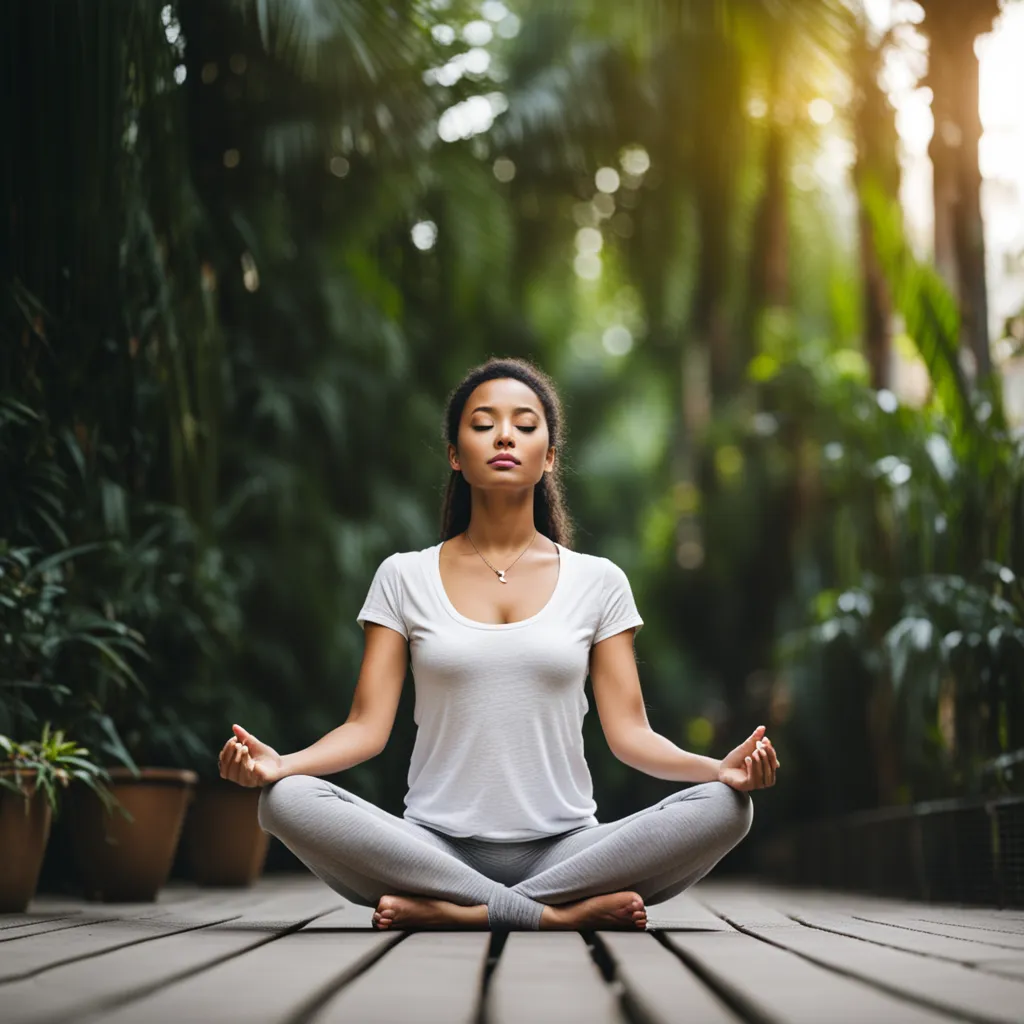How to Start a Meditation Practice: A Step-by-Step Guide for Beginners
Meditation, once an ancient practice, is now embraced globally for its profound benefits on mental and physical well-being. Whether you seek stress reduction, improved concentration, or a deeper sense of peace, starting a meditation practice can be life-changing. This guide offers beginners a simple pathway to embark on this rewarding journey.

Understanding Meditation: Meditation involves training the mind to focus and redirect thoughts. Popular forms include mindfulness meditation, which emphasizes present-moment awareness, and focused attention meditation, which involves concentration on a single object, thought, or stimulus. Contrary to common misconceptions, meditation isn't about achieving a state of emptiness but rather about observing thoughts without judgment.
Creating a Conducive Environment: Your meditation environment plays a crucial role in your practice:
- Find a Quiet Space: Choose a peaceful spot where interruptions are minimal.
- Comfort is Key: Sit on a chair, cushion, or mat. The goal is to be comfortable but alert.
- Minimize Distractions: Turn off digital devices or use them in Do Not Disturb mode if you're using a meditation app.
Basic Meditation Techniques: Start with these beginner-friendly techniques:
- Breathing Meditation: Focus on your breath. Inhale and exhale naturally, observing the movement of your body with each breath.
- Mindful Awareness: Pay attention to the present moment. Notice your surroundings, the sounds, the sensations in your body without any judgment.
Establishing a Routine: Consistency is key in building a meditation practice:
- Start Small: Begin with 5-10 minutes daily and gradually increase the duration.
- Same Time, Same Place: Try to meditate at the same time and place every day to build a habit.
Overcoming Common Challenges: It's normal to face hurdles as a beginner:
- Restlessness: If you feel restless, focus on the sensation of restlessness in your body without reacting to it.
- Wandering Thoughts: When your mind wanders, gently redirect your focus back to your breath or chosen point of concentration.
Additional Resources: For further guidance, consider meditation apps like Headspace or Calm, books like "Wherever You Go, There You Are" by Jon Kabat-Zinn, or online courses.
FAQ Section:
- Q: How long should I meditate each day?
- A: Start with a few minutes daily and aim to build up to 20-30 minutes. However, quality matters more than quantity.
- Q: Can I meditate with my eyes open?
- A: Yes, you can meditate with your eyes slightly open or focused on a point to avoid drowsiness.
Conclusion: Embarking on a meditation practice is a journey of self-discovery and mindfulness. Remember, the goal is not to perfect meditation but to grow and learn about yourself in the process. With regular practice, you'll likely notice enhanced calmness, clarity, and overall well-being in your life.